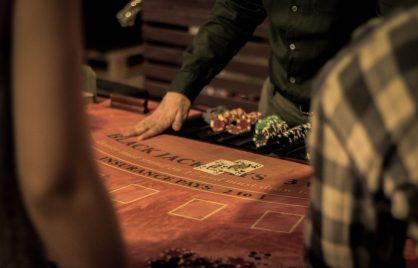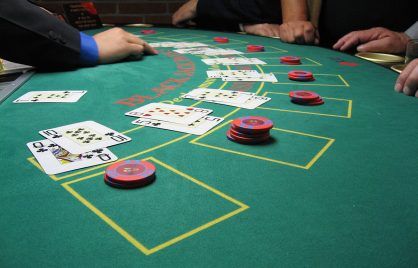Good Luck Charms & Amulets To Change Your Fortune
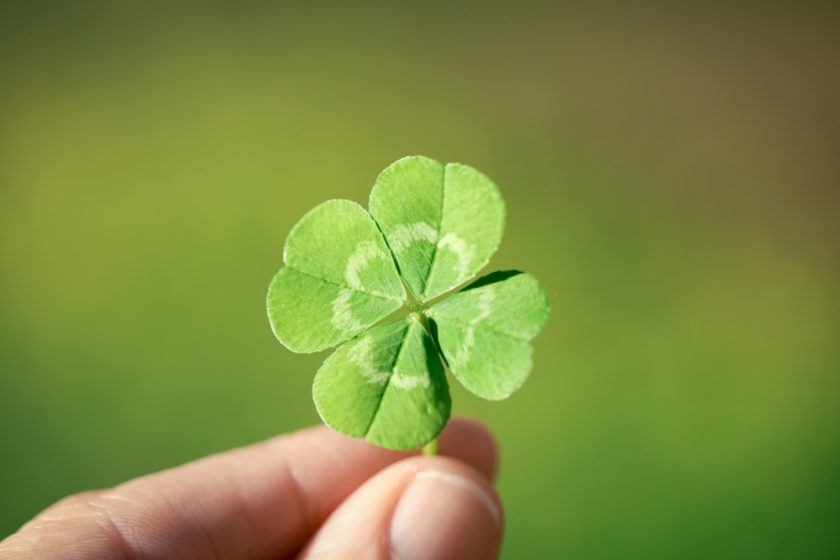
Good luck charms and lucky amulets have been a part of cultures worldwide for hundreds of years. People use them to bring fortune, to help in difficult times, and for success. This article dives into the fascinating world of these lucky charms and the unique superstitions that surround them. Are you a hopeful believer or a curious skeptic?
Good Luck Symbols Around the World
1. Four-Leaf Clovers
It is easy to understand why a four-leaf clover would signify luck: they are very difficult to find. Today, many people will wear amulets depicting the four-leaf clover symbol. Legend has it that even Eve knew that having a four-leaf clover in hand would be good luck, so she took it out of the garden with her.
2. Red Lanterns
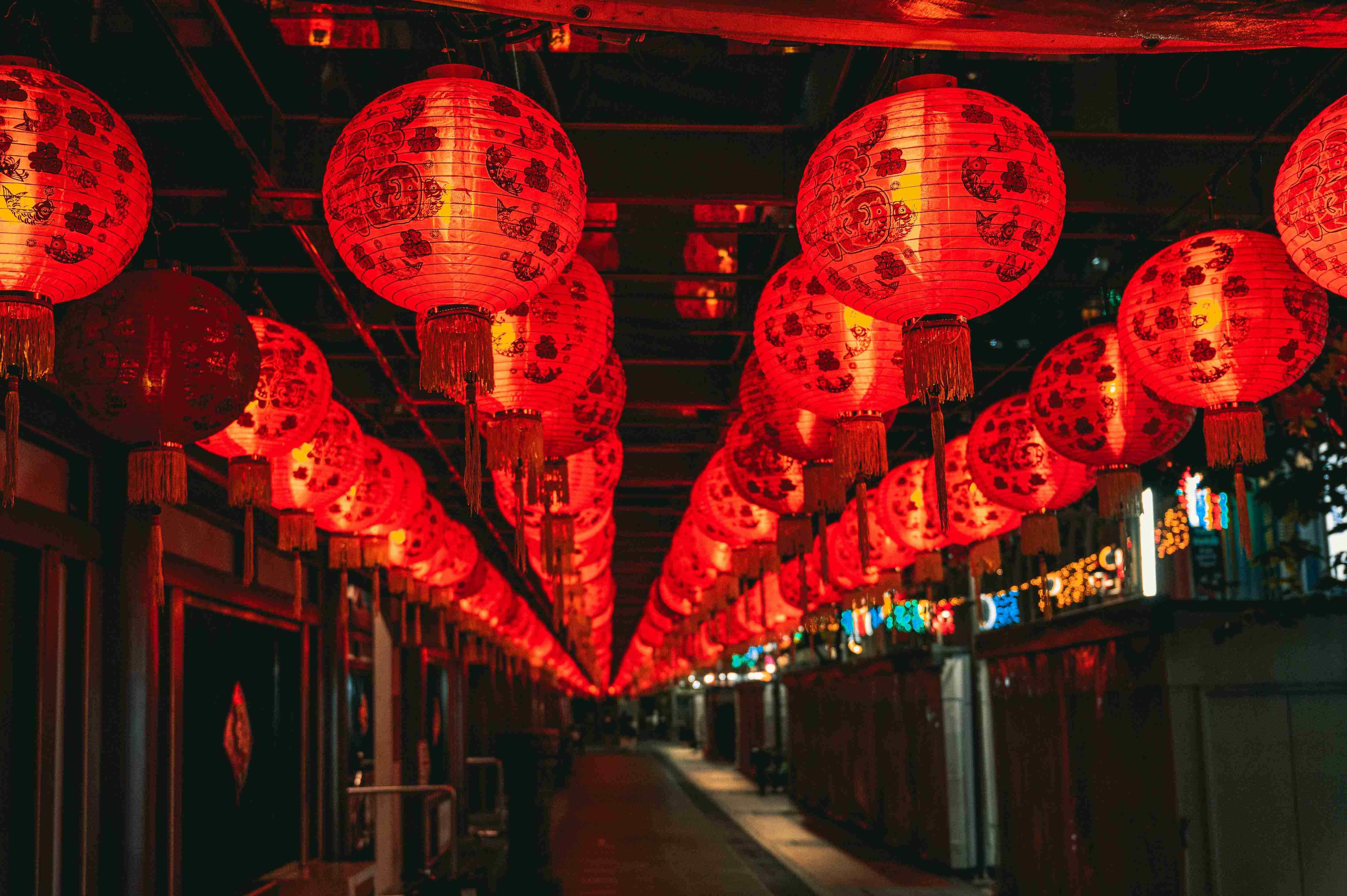
Red is the color of good luck and prosperity in the East. It is one of the most widely known Chinese good luck charms, and said to ward off bad luck and light the way for good luck and positive energy.
3. Coins
“See a penny pick it up, all that day you’ll have good luck. Find a penny, let it lay, and all day long you’ll have bad luck.” Long before there was paper, plastic, or PayPal, there was only one form of currency: coins. They were commercial life-blood, and those who had the gold had the power. Coins are a sign of good fortune and prosperity.
4. Keys
This is a Japanese good luck charm. In Japan, three keys worn together are very powerful as they unlock the door that leads to love, health, and wealth. Wearing one key signifies that you are opening the door to whatever you seek.
5. The Number Seven

Whether you’re familiar with Japanese mythology and call upon the Seven Gods of Fortune, or you’re familiar with Judeo-Christian traditional texts, you know that the number seven has a strong influence. It is no surprise to see red sevens throughout a casino. It makes it a pretty nice good luck charm for gamblers. But whatever you do, don’t say the word ‘seven’ around craps players!
6. Cat’s Eye
Those who carry a Cat’s Eye stone in their pocket in India do so because they believe that the one who carries this stone in their pocket will never have their good fortune leave them. Cat’s Eye stones protect individuals from unexpected loss, and guard financial decision making.
7. Turtles

In many Native American cultures, the turtle represents fertility and a link between man and Mother Nature. Also, the idea is that longevity and hope are nice to have when going up against the house.
8. Alligator’s Teeth
In Africa, an alligator’s tooth is a pretty important item to have in your pocket if you’re looking to boost your luck. They are also said to bring wealth and good fortune.
9. Dolphins
Dolphins at sea are known to bring protection to wayward sailors. Ancient sailors knew that riches were before them when dolphins would begin to circle their ships, as it was a sign that land was near. This fact causes some people to pick dolphins as their good luck charm.
10. Horseshoe
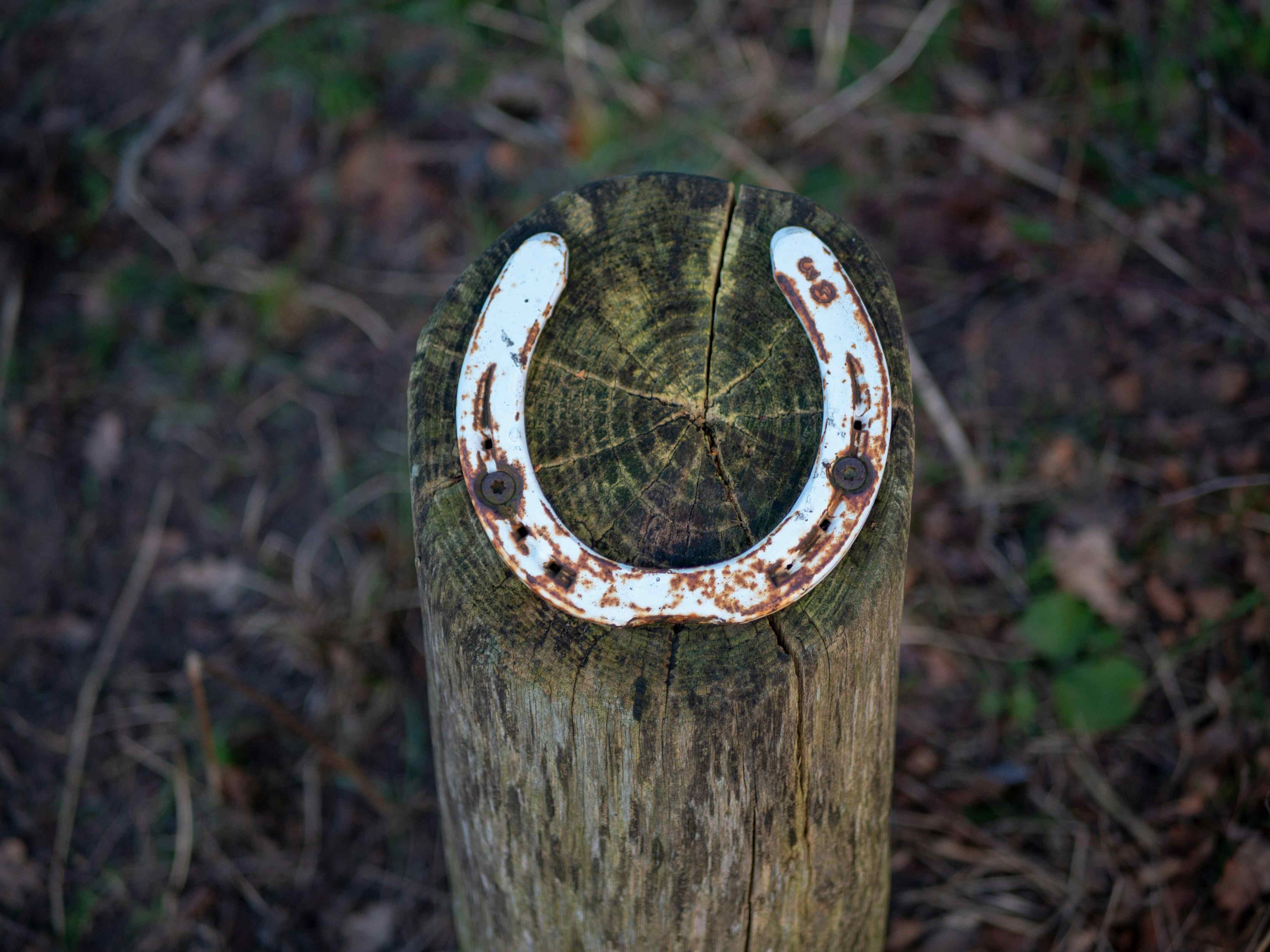
A horseshoe is a symbol of protection and longevity. Those who wear the talisman or amulet are sure to capture any good luck floating by, provided they remember to keep the open end up. Those who allow it to hang upside down run the risk of losing their luck to passers-by.
More Symbols of Luck
- Buddha: Rubbing Buddha’s belly is known to bring great positivity and good luck.
- Bamboo: Bamboo is known for its longevity, vitality and growth.
- Cricket: Cultures around the world view the cricket as a symbol of good luck. The Chinese believe crickets bring harmony and peace.
- Elephants: Symbols of longevity, happiness, and prosperity.
- Acorn: Acorns protect against loss and are an emblem of good luck.
- Pig: Pigs are a sign of prosperity and good fortune in many cultures around the world.
- Rainbows: The sign of a new beginning. And of course there’s the idea of finding a pot of gold at the end of a rainbow.
- Rabbit’s Foot: The story goes that the ancient Celts believed that because rabbits burrowed underground, they were closer to the gods and underworld, and therefore carried luck with them.
- Frogs: In China, the frog is a symbol of yin and considered good luck.
- Horn: The horn of plenty is a sign of wealth, abundance, power, and that a beast was defeated.
The History Of Luck
People are, by nature, superstitious creatures. Some of the earliest known activities to ward off evil or bad luck can be traced back to 1500 B.C.E. Anthropologists confirm that early cave writings indicate the desire of human beings to keep bad luck at bay.
Superstitions are born out of intuition and memory of past experiences. This is especially the case when it comes to gambling. For example, believing that every time a wife walks up to the craps table, a seven is rolled. The reality is that when a seven is rolled, it stands out in players’ minds.
Luck helps to explain the unexplainable and, in many cases, the feeling that you have control over certain outcomes.
Throughout Africa, people would carry lucky bags of mojo for good luck. In the bag would be artifacts from loved ones, or items that represented something good that happened in their past. To have some “mojo” on you will help to increase your chances of walking on the lucky side of the street.
What’s The Difference Between Amulets, Lucky Charms & Talismans?
Amulets are items worn for protection, such as metals, carvings, stones and other items reflective of both culture and desired outcome.
Talismans are items that can be charged with supernatural powers to bring about luck and positive outcomes.
Lucky charms are self-explanatory now, but were originally songs that were sung to cast off evil and invoke luck. When it was feared that the effect of the songs would not last long enough, many people began to believe that the song could be cast upon a charm, resulting in a longer-lasting effect.
For more on luck, check out our article on lucky numbers.
Lead image credit: Leigh Prather/Shutterstock

